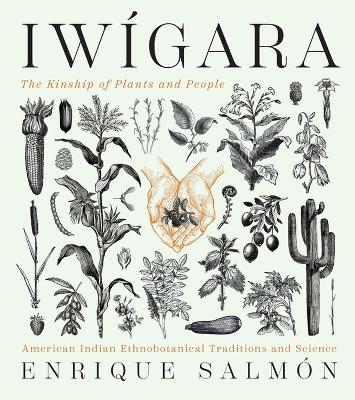Reviewed by annieb123 on
Iwigara is a layman accessible survey of the ethnobotany of the indigenous peoples of North America and their knowledge and relationships with the plants in their environs. Released 15th Sept 2020 by Workman Publishing on their Timber Press imprint, it's 256 pages and available in hardcover and ebook formats.
This is a very well written, exhaustively researched and annotated layman accessible treatment of ethnobotany in the Americas. I was reading an article a while ago about the loss of oral traditions and how vast and irreplaceable the loss of culture and knowledge could potentially be. One of the most vital links between a people and their environment comes in the form of the knowledge of food and medicinal plants in the local environs. For thousands of years this knowledge has been handed down in families and social groups from one generation to the next in an unbroken line; knowledge which is now perilously close to being broken and lost.
The work of the author and other anthropologists is vital in preserving this information. The format of this book is easy to navigate and understand. A short introduction gives a capsule glimpse into ethobotany and related anthropological research. It's followed directly by a list of relevant plants used by or sacred to (or both) local indigenous people of North America. Each of the entries is listed with common name, botanical (Latin) classification, a description along with uses and identification highlights and a photo. This is an academic collection and not a guide for uses with recipes or anything similar. The book also includes a cross-referenced index, short glossary, and an abbreviated bibliography.
Well done, respectful, and easily accessible volume. This would make a superlative selection for library acquisition or a fine gift for horticulturally interested readers.
Five stars.
Disclosure: I received an ARC at no cost from the author/publisher for review purposes.
Reading updates
- Started reading
- 1 November, 2020: Finished reading
- 1 November, 2020: Reviewed
